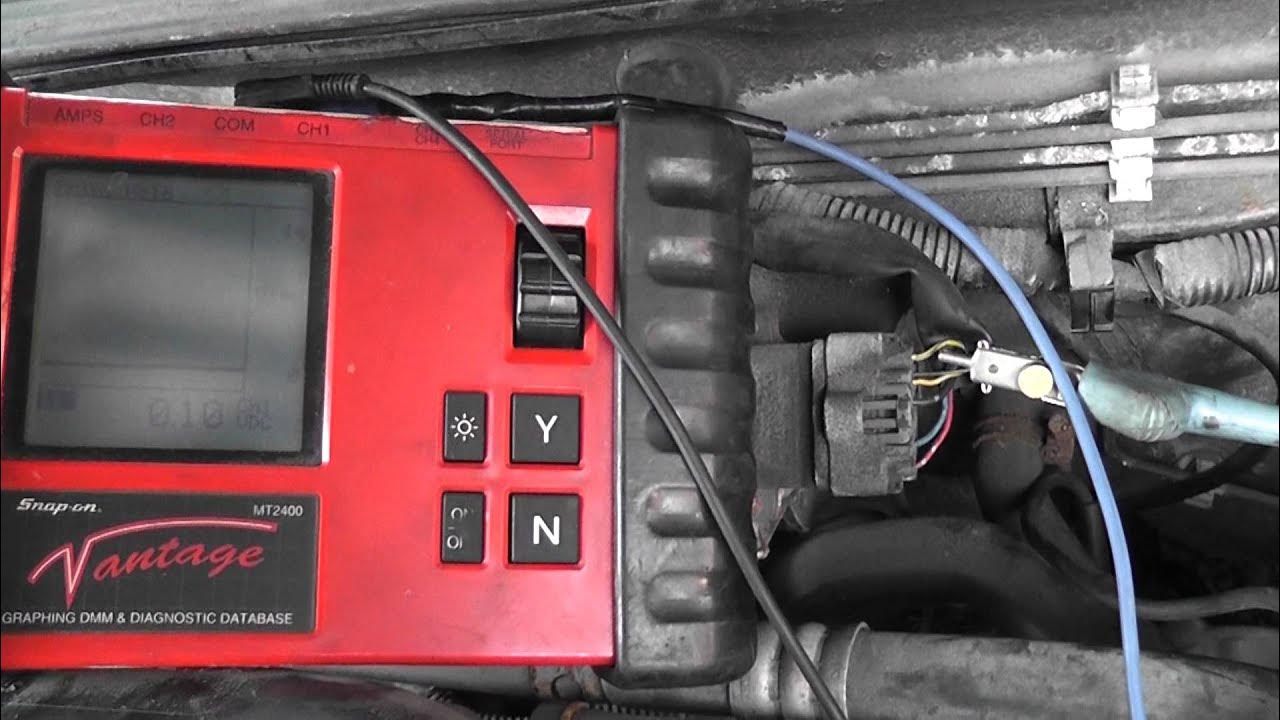Esse é o maior PROBLEMA dos donos de PC GAMER 😭
Summary
TLDRIn this detailed troubleshooting video, a technician addresses a desktop PC that refuses to power on after cleaning. The technician checks connections, tests the power supply, and inspects key components like the motherboard, CPU, and GPU. After testing and eliminating several possibilities, they replace the faulty power supply, successfully powering up the system. The video emphasizes the importance of proper handling and cleaning of PC components to avoid static damage, and it provides valuable insights into diagnosing and resolving common power issues in desktop computers.
Takeaways
- 😀 Always double-check the power cable connections when troubleshooting a non-starting PC.
- 🔌 Test the power supply with a paperclip or tester to ensure it’s functioning before replacing it.
- ⚠️ A partially connected 24-pin cable can prevent a PC from starting—make sure it's fully seated.
- 💡 Be cautious when opening and cleaning internal components, especially the GPU, as it can cause issues if not reassembled properly.
- ❌ Avoid disassembling the GPU unless absolutely necessary, as it can lead to further damage.
- 🔧 Use anti-static brushes and equipment for cleaning the interior of a PC to prevent electrical damage.
- 🧰 If a PC doesn't power on after cleaning, it's important to test components outside the case to rule out short circuits or grounding issues.
- 🖥️ Ensure the motherboard, CPU, and power supply are not damaged by checking for visible signs or conducting thermal tests.
- 🛑 If a computer still doesn’t boot after basic troubleshooting, reset the BIOS by removing the CMOS battery for a minute to restore factory settings.
- 🔄 When reassembling components, be sure that no screws or components are misplaced, as this can cause grounding issues and prevent the PC from booting.
Q & A
What was the initial issue with the PC after cleaning?
-The PC would not power on after the cleaning. Despite being plugged in and connected via HDMI, there was no response or power indication.
How did the technician begin troubleshooting the PC?
-The technician first checked the power connections and noticed that the 24-pin power connector on the motherboard was not fully seated, which could be causing the issue.
What steps did the technician take to address the loose 24-pin connector?
-The technician attempted to reseat the 24-pin connector, pushing it down into place, and heard a click indicating it was secured properly before attempting to power on the PC again.
What method did the technician use to test the power supply?
-The technician used a paperclip to short specific pins in the 24-pin connector to simulate the power button press. This was done to check if the power supply was functioning.
What was the result of the power supply test?
-The power supply did not activate when tested, leading the technician to conclude that the power supply was likely faulty.
What did the technician do after confirming the power supply was faulty?
-The technician replaced the faulty power supply with a new one to further troubleshoot the PC and see if the issue could be resolved.
Why did the technician remove the graphics card from the PC?
-The technician removed the graphics card to simplify the troubleshooting process and to see if the PC would power on without it, checking if the issue was related to the GPU.
What tool did the technician use to detect overheating components?
-The technician used a thermal camera to check for any components that were overheating or abnormal during the troubleshooting process.
What did the thermal camera reveal about the PC's components?
-The thermal camera showed that there was no significant overheating, except for a small hotspot near the battery, which was not concerning at that moment.
What was discovered when the technician inspected the processor?
-The technician found that the processor did not have any bent pins, but the thermal paste was excessively wet, which could indicate improper handling or a potential issue during cleaning.
What was the final step in troubleshooting the motherboard?
-The technician tested the motherboard outside the case, with all the components connected, but the PC still failed to power on, suggesting a more severe underlying issue with the motherboard or components.
How did the technician plan to proceed after the motherboard failed to power on?
-The technician decided to replace the motherboard with a new one to test all the existing components and see if they would work properly in a different setup.
What important caution did the technician give regarding PC cleaning?
-The technician advised against opening up components like the GPU during cleaning, as it can cause damage, especially if mishandled. Cleaning should be done with care, using proper tools like anti-static brushes.
Outlines

Cette section est réservée aux utilisateurs payants. Améliorez votre compte pour accéder à cette section.
Améliorer maintenantMindmap

Cette section est réservée aux utilisateurs payants. Améliorez votre compte pour accéder à cette section.
Améliorer maintenantKeywords

Cette section est réservée aux utilisateurs payants. Améliorez votre compte pour accéder à cette section.
Améliorer maintenantHighlights

Cette section est réservée aux utilisateurs payants. Améliorez votre compte pour accéder à cette section.
Améliorer maintenantTranscripts

Cette section est réservée aux utilisateurs payants. Améliorez votre compte pour accéder à cette section.
Améliorer maintenantVoir Plus de Vidéos Connexes

HVACR: Hoshizaki Ice Maker Keeps Running Water (Hoshizaki Ice Maker Water Wont Stop Running) Fix

J4+ LIGA E DESLIGA E NÃO CARREGA | RESOLVIDO!! 2021

THE CHEAPEST Performance Boost For Your Gaming Laptop (Even If It's New)

THE COLD RAIL IS NOT GETTING COLD

How to troubleshoot a no spark condition with a test light (Subaru)

005 Bagian-bagian PC dan Motherboard beserta Fungsinya secara Ilmiah
5.0 / 5 (0 votes)
